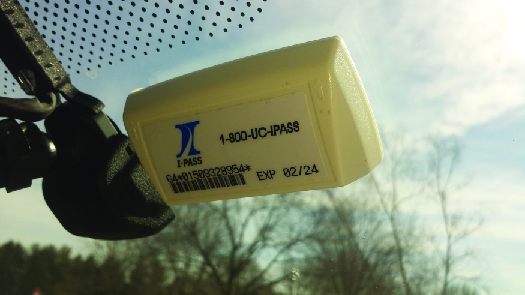| << Chapter < Page | Chapter >> Page > |
Another example of heightened concerns about privacy in the modern era is the reality that society is under pervasive surveillance. In the past, monitoring the public was difficult at best. During the Cold War, regimes in the Soviet bloc employed millions of people as domestic spies and informants in an effort to suppress internal dissent through constant monitoring of the general public. Not only was this effort extremely expensive in terms of the human and monetary capital it required, but it also proved remarkably ineffective. Groups like the East German Stasi and the Romanian Securitate were unable to suppress the popular uprisings that undermined communist one-party rule in most of those countries in the late 1980s.
Technology has now made it much easier to track and monitor people. Police cars and roadways are equipped with cameras that can photograph the license plate of every passing car or truck and record it in a database; while allowing police to recover stolen vehicles and catch fleeing suspects, this data can also be used to track the movements of law-abiding citizens. But law enforcement officials don’t even have to go to this much work; millions of car and truck drivers pay tolls electronically without stopping at toll booths thanks to transponders attached to their vehicles, which can be read by scanners well away from any toll road or bridge to monitor traffic flow or any other purpose ( [link] ). The pervasive use of GPS (Global Positioning System) raises similar issues.

Even pedestrians and cyclists are relatively easy to track today. Cameras pointed at sidewalks and roadways can employ facial recognition software to identify people as they walk or bike around a city. Many people carry smartphones that constantly report their location to the nearest cell phone tower and broadcast a beacon signal to nearby wireless hotspots and Bluetooth devices. Police can set up a small device called a Stingray that identifies and tracks all cell phones that attempt to connect to it within a radius of several thousand feet. With the right software, law enforcement and criminals can remotely activate a phone’s microphone and camera, effectively planting a bug in someone’s pocket without the person even knowing it.
These aren’t just gimmicks in a bad science fiction movie; businesses and governments have openly admitted they are using these methods. Research shows that even metadata—information about the messages we send and the calls we make and receive, such as time, location, sender, and recipient but excluding their content—can tell governments and businesses a lot about what someone is doing. Even when this information is collected in an anonymous way, it is often still possible to trace it back to specific individuals, since people travel and communicate in largely predictable patterns.

Notification Switch
Would you like to follow the 'American government' conversation and receive update notifications?